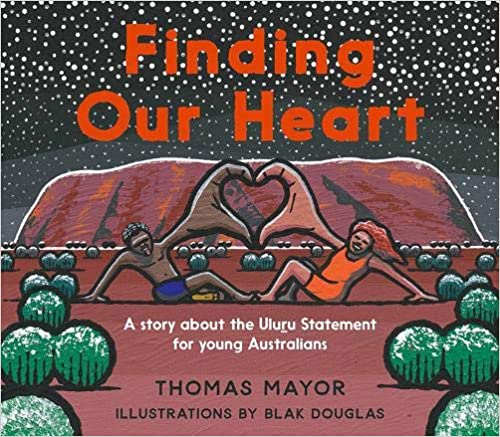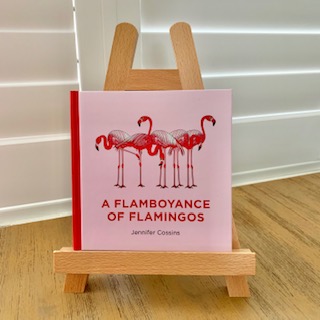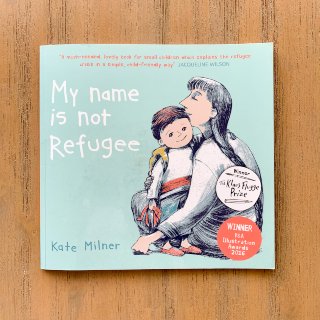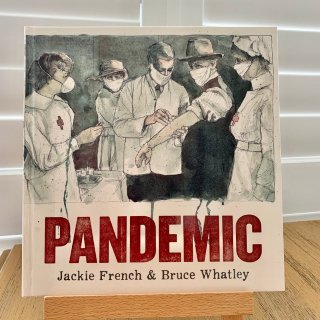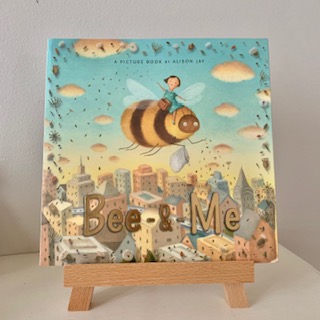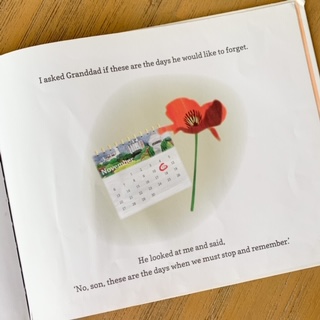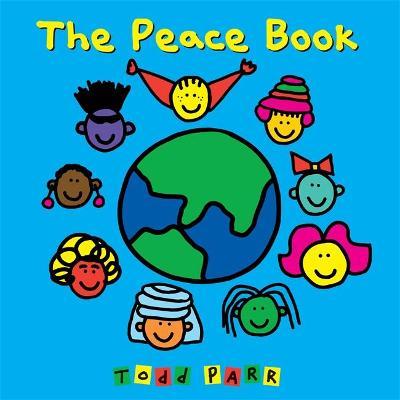Finding Our Heart
Free lesson plan, writing template and printable word-search puzzles for kids
Best suited to:
K – Year 6
KLAs covered:
English, history, Aboriginal and Torres Strait Islander Histories and Cultures
Learning:
- about the Uluru Statement from the Heart: what it is, how and why it came about and why it matters;
- how the lives of Aboriginal people changed after white settlement;
- the importance of listening to First Nations people to redress the wrongs of the past and move forward together;
- the political and cultural changes First Nations people are calling for to give them a voice in how Australia is governed and run;
- how children can help to find the heart of our nation;
Need to know:
- simple, child-like illustrations make this book accessible to children aged from about four up, as well as to older children;
- the author, Thomas Mayor, is a Torres Strait Islander man born on Larrakia country in Darwin;
- ‘finding our heart’ refers to accepting the voice and culture of First Nations people as a gift, listening to and learning from them;
- the full text of the Uluru Statement is included in the back of the book, along with a section explaining it;
- another section at the back of the book provides ideas for children about how they can help ‘find the heart of our country’ ie. support First Nations people to be heard;
- the Uluru Statement sets out three key elements for reforms: enshrining a First Nations Voice in the Australian Constitution to empower Aboriginal and Torres Strait Islander people; establishing a Makarrata Commission to supervise a process of agreement-making with Australian governments; allowing The Makarrata Commission to oversee a process of truth-telling about Australia’s history and colonisation;
- a good text for teaching about point of view and for encouraging the development of empathy;
- for older children, lends itself to discussion about who should have a voice in government, why the Aboriginal people do not and how a group of people can activate for cultural and political change;
Discussion Questions (before reading):
- discuss the cover: what do you see? what do you think the book will be about?
- for younger children: point out the title and the names of the author and illustrators;
- discuss the title: what do you think it might mean?
- for older children: have you heard of the Uluru Statement? If so, what is it? if not, what do you think it could be?
While reading:
- read the page which begins: ‘So we protested and we asked all Australians to listen to us.’ This page says our country is sad. Ask the children: what do you think this means? Is our country sad? How and why is it sad? (the land is not being cared for; Aboriginal people are not being cared for or listened to);
- show children the page where the Uluru Statement is printed. Explain that it says Aboriginal people want the Australian people and our government to agree to tell the truth about what happened to Aboriginal people in the past and to give them the right to have their opinions and wishes heard by the people who make our laws and rules. Tell older children you will explore the Statement together later;
Discussion Questions (after reading):
- ask children what they thought about of the book. Did they like it? Not like it? Why?
- how did the story make them feel? Sad? Hopeful? Happy? Invite them to share which parts of the story made them feel that way and turn back to the pages they indicate so the class can discuss them;
- turn back to the double-page spread which begins: ‘The heart of the nation has always been … ‘ What do you think the author is telling us on these two pages? Prompt children to think about what our hearts do in our bodies: the heart is the organ that keeps our body alive and it’s where we believe love and kindness come from. (The author might be saying that the heart of the nation is in the hearts and the voices of First Nations people);
- for older children (Years 3-6): read the two sections at the back of the book and discuss (perhaps do this after a break). Ask: do you think the requests made by First Nations people in the Uluru Statement are reasonable? Why or why not? Why do you think this hasn’t happened yet?
Activities
All ages:
- children write and/or draw a response to the book;
- children complete a wordsearch using vocabulary from the story;
- children use the vocabulary in the wordsearch to write sentences about what happened in the story;
- children write a review of the book, describing what they liked, anything they didn’t like and what they learned;
- children write and/or draw about how the story made them feel: happy, sad, hopeful or some combination of emotions;
Years 3 – 6:
- children write about their understanding of the Uluru Statement. What do First Nations people want and why?
Years 5 – 6:
- in pairs, children research the Uluru Statement in more depth to consolidate their understanding. What progress has been made in achieving the aims of the Statement since 2017?
Your free, printable word-search puzzles and writing template
These free, printable word-search puzzles for kids are great for building and reinforcing the vocabulary used when discussing Finding Our Heart. They’re especially helpful for EAL/D students.
There are three different puzzles in this file to enable you to differentiate the activity according to the learning needs of your students.
Download and print our free writing template for use with the picture book Finding Our Heart here (PDF).

